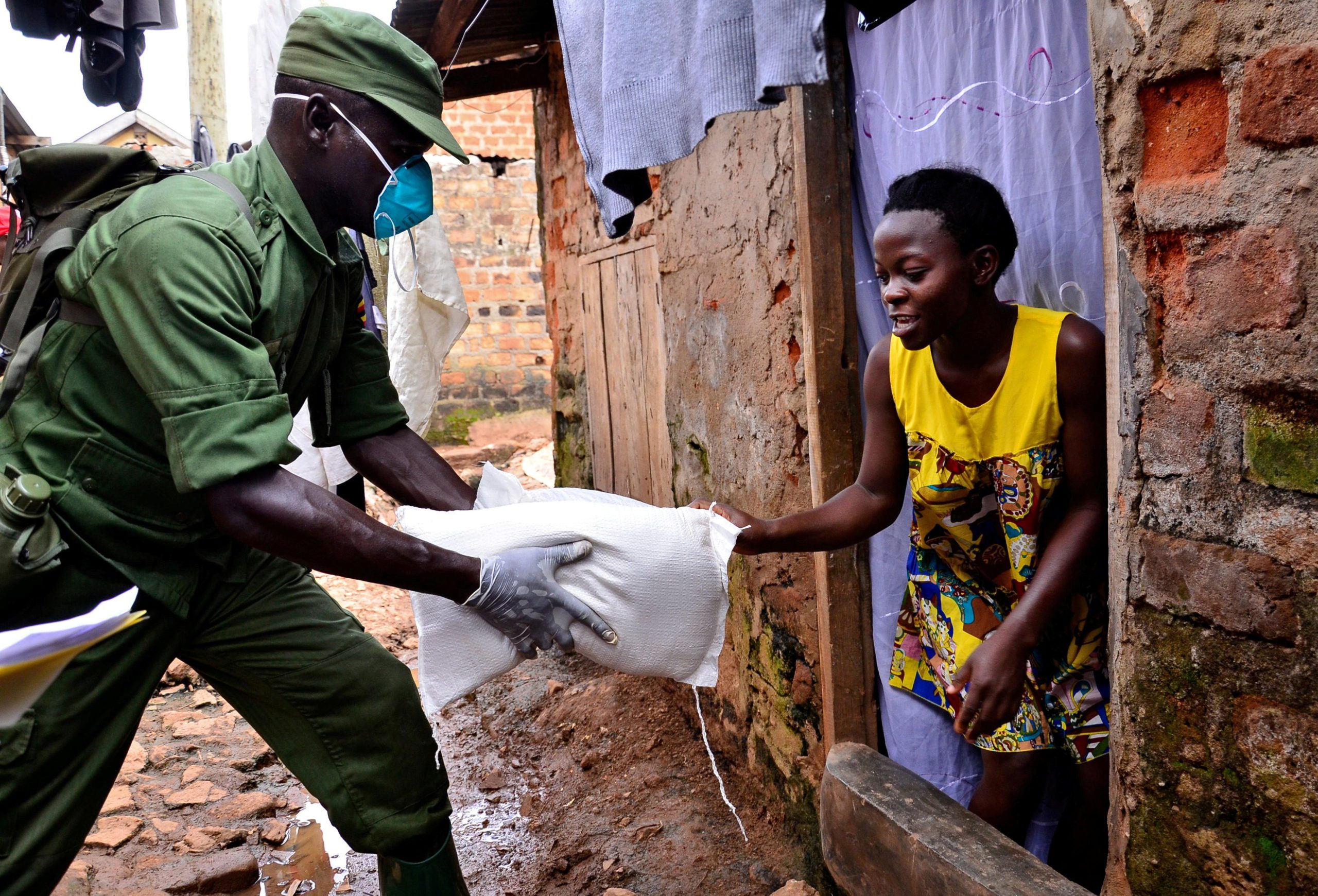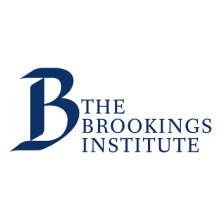
The COVID-19 pandemic is, we hope, only a temporary shock to economies everywhere. The appropriate policy response to such a disruption is to borrow to cushion the impact on consumption and investment. But for many emerging markets and developing countries, borrowing could result in debt-servicing difficulties that require years of austerity to overcome. Yet, if they do not borrow, they will have to cut public spending, which could mean major health crises, children out of school, job losses, and prolonged recession.
What to do? Borrow and risk a debt crisis, or choose austerity and risk a development crisis?
In 2020, countries took very different approaches, largely linked to their income. Governments in advanced economies provided trillions of dollars of direct and indirect fiscal support, equivalent to 24 percent of GDP, while those in emerging and developing economies provided just 6 percent and 2 percent of GDP, respectively.
Because private capital markets are procyclical, the risks of debt distress are large and growing. Global foreign direct investment fell by 40 percent in 2020 and is expected to decline by another $100 billion in 2021. Greenfield investment projects and cross-border mergers and acquisitions were likewise down 50 percent last year.
What to do? Borrow and risk a debt crisis, or choose austerity and risk a development crisis?
Half of all low-income countries were in debt distress or at high risk before the pandemic, according to the International Monetary Fund, and six have defaulted in the past year. In addition, 36 developing countries have had their sovereign credit rating downgraded by one of the three major ratings agencies, and 28 others have had their outlook downgraded. While many middle-income countries have returned to international bond markets since the pandemic began, only two Sub-Saharan African countries (Ivory Coast and Benin) have accessed the market.
Related Content
The risks of widespread development distress are also growing. The IMF estimates that low-income countries need $450 billion through 2025 to respond to the pandemic and accelerate sustainable investments. Total investment in developing countries (excluding China) fell by 10 percent in 2020, and is likely to remain below 2019 levels this year and next. And if growth slows, creditworthiness will deteriorate, making debt distress even more likely.
The debt dimension
Preventing this vicious circle will require policymakers to address two collective-action problems that markets cannot resolve on their own. First, they must ensure that private creditors’ procyclical behavior does not trigger liquidity problems and debt crises. Most developing countries, especially middle-income countries, were growing fairly well before the pandemic, with stable long-term debt dynamics. If they can refinance their debt on reasonable terms, they should be able to avoid default. This will require additional financing from official and private creditors.
In May 2020, the G-20 paused bilateral debt-service payments by World Bank International Development Association (IDA) countries under the Debt Service Suspension Initiative (DSSI), which has been extended until the end of 2021. The DSSI has so far deferred $6 billion in debt-service payments—resources that developing countries have used to advance economic recovery and procure COVID-19 vaccines and personal protective equipment.
But given the pandemic’s ongoing nature, and the time needed to roll out mass vaccination campaigns in developing countries, this is not enough. The G-20 should expand DSSI eligibility to all vulnerable countries, including small island developing states and tourism-dependent economies. Middle-income countries account for the bulk of developing-country debt service due in 2021-22, but have had access to only limited fiscal support until now.
Because debt crises typically reflect poor government spending decisions, debt programs are often accompanied by a temporary lending pause. But this time is different, because most countries are suffering from a short-term liquidity squeeze rather than a long-term solvency problem. The World Bank and the IMF need to ensure that the macro framework and their own lending to DSSI countries supports strong increases in public investment in the near term.
Some have called for larger-scale debt restructuring and relief efforts, including swaps of debt for investments related to achieving climate objectives or the Sustainable Development Goals. The G-20 has agreed to a common framework for debt treatment, with three countries (Chad, Ethiopia, and Zambia) requesting relief thus far. Such efforts must transparently link debt relief to incremental investments in health, climate, or SDG projects, in order to connect the debt crisis with larger development financing needs.
Investment imperatives
This points to the second collective-action challenge: providing developing countries with sufficient fiscal space to tackle the pandemic and embark on the sustainable investments needed to build green, resilient, and inclusive economies.
Even before COVID-19, the world was not on track to achieve the SDGs and meet the targets set by the 2015 Paris climate agreement. In 2021, the international community needs to devise a sound program of public investments, based on country-specific needs and current spending levels, in order to jump-start recovery efforts and enable longer-term progress on the 2030 Agenda for Sustainable Development.
Several financing proposals are on the table. Developing countries have received $150 billion in COVID-19-specific funding from the major multilateral development banks (MDBs), and another $100 billion in ongoing project financing. But much more is needed. G-20 finance ministers support an early conclusion of the World Bank’s IDA20 replenishment, as well as a new $650 billion allocation of special drawing rights (SDRs, the IMF’s reserve asset).
Because new SDRs would be distributed based on existing IMF quotas, which reflect countries’ relative economic importance, the bulk of them would go to advanced economies. There are thus concurrent proposals for a reallocation mechanism so that countries with excess SDRs can lend them to others in need of additional liquidity. The IMF’s Poverty Reduction and Growth Trust (PRGT), which has been used for this purpose before, is a potential vehicle. But because only low-income countries are eligible for PRGT funds, there would need to be other efforts to expand lending to middle-income countries.
Beyond one-off proposals designed to address immediate short-term financing difficulties, policymakers need to establish an international financing system that can support much higher levels of public investment in the medium term. MDBs are the natural vehicles for providing this finance, because they can offer better terms with longer maturities than other lenders, and they can combine loans with grants and technical assistance.
Moreover, the MDBs could increase lending by $750 billion to $1.3 trillion by making greater use of callable capital and tolerating more risk. They could also do more to mobilize private capital, both by using their guarantee authority and by developing platforms for blended financing in specific sectors. But these institutions need a strong push from major shareholders to be more ambitious.
Developing countries need financing for public-health spending, vaccine rollouts, and green investments. Much of it (except in the case of the poorest countries) will have to come in the form of debt, but this is getting more expensive for many. Given the need to avoid the debt-development trade-off, mobilizing additional development finance, especially for middle-income economies, and linking it transparently to sustainable investments are thus urgent challenges.
In 2020, policymakers focused on domestic recovery efforts. In 2021, they must invest in global collective action to avert a vicious cycle of debt and development distress.


